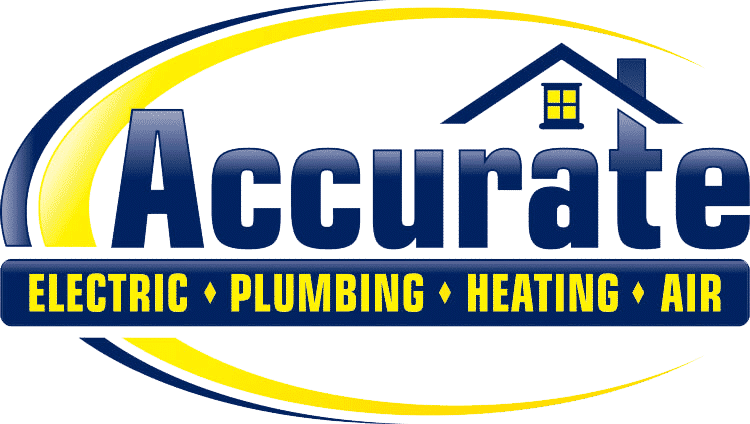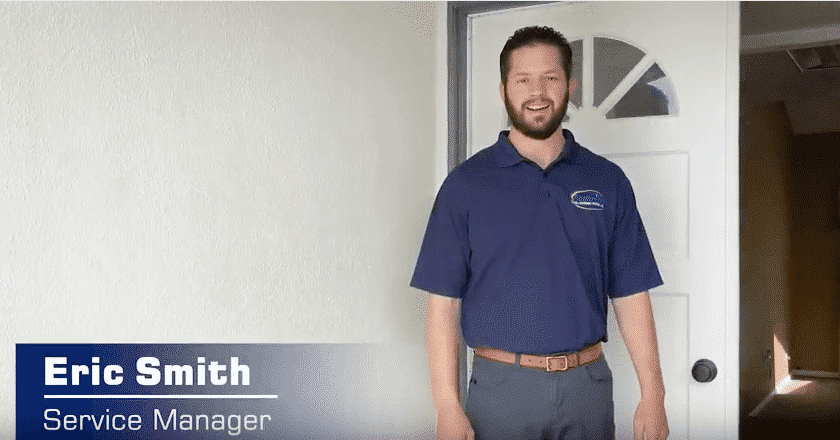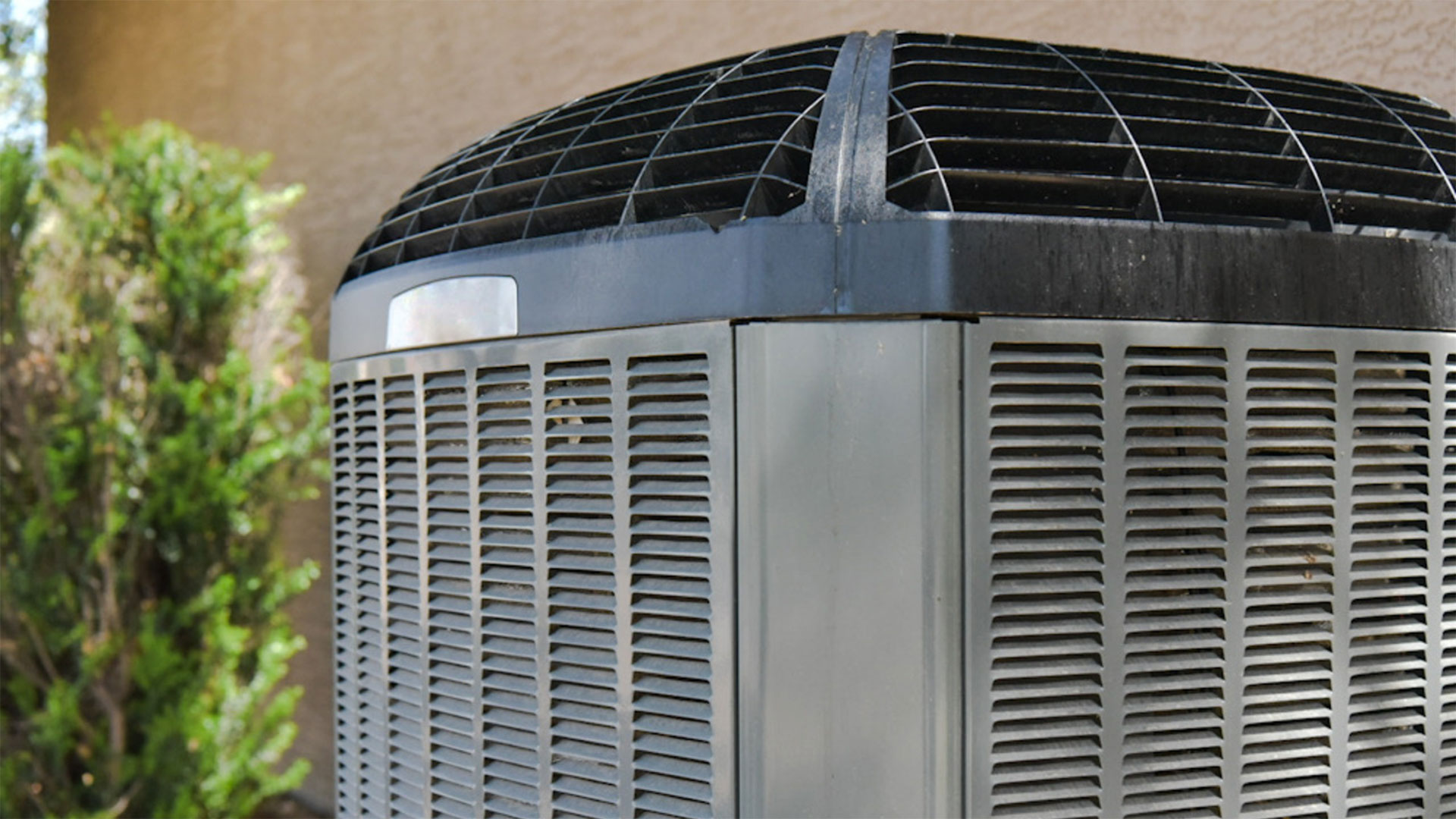If you suffer from allergies or have ever been curious about your indoor air quality, then check out this video on the Negative Pressure Test. Dust and allergens can easily enter your house if your ductwork is not what it should be. A faulty duct system can also lead to areas of varying temperatures throughout your house. In this video, Eric takes you through the process of the Negative Pressure Test and explains just how Accurate is able to detect these issues and provide solutions for better home efficiency.
Video Transcript
Hi guys, my name is Eric Smith with Accurate Electric, Plumbing, Heating, and Air. We’re doing a series on home efficiency. Today we’re going to be focusing on the Negative Pressure Test. The big benefit of this test in your house is to find the areas where dust and allergens are entering the system and where the air is being pushed into areas that you don’t want it in. This test is going to help alleviate issues around the house like dust, like allergens, a common call that we get is hot and cold spots in the house, and the most common here in Southern California is really high energy bills. So we want to utilize this test to solve the issues with the ductwork so that you have lower energy bills, so that you have less dust and, fewer allergens in your house so that your indoor air quality is a lot better than it is today.
Hey guys, it’s Eric. I think right in the background you guys can see that we’ve gotten the blower door assembled to perform the negative pressure test on the house. But before we go ahead and kick that guy on there are some things that we do to prepare the house before we get started. So we went throughout the house and we found the areas in the house that were noticeable areas that we’re gonna have leakage and we went ahead and we applied some film over those surfaces so that we’re not drawing in excessive amounts of dust and debris into the house while performing this test. Other things, safety concerns we went ahead and shut of the gas appliances. We also went around and we made sure anywhere that we had big openings like for the fireplace things of that nature that we have those areas shut off so when we kick the blower door on drawing the negative pressure in the house we can begin to focus on the areas we want to like the ductwork.
We have a few tools that are going to help support us in monitoring how much leakage we have in the house. One of those devices is called a flow hood and this device is placed over the registers in the house to monitor how much outside air we have coming in through the ductwork and into the home.
So one of the most common tools that we’re going to use to find the leaks in the duct system is a visual one that both the client and ourselves are able to use and see and it’s called the smoke tank. So this pin allows smoke to come off of it and as we put it around areas that have duct leakage or air entering the home that we don’t want, the smoke blows with the wind and so it’s a good visual example of how much air is passing through that leak.
One additional tool we get to use while doing the blower door test is an infrared camera. This camera helps us identify areas of the house that we have unwanted heat coming into the house through radiant heat, so this camera’s going to show us whether it’s coming down wall cavities or around light fixtures or windows and doors, or around our ducting system. Those areas we can make improvements to, to help your home energy consumption.
Okay, guys, we’re all wrapped up with the negative pressure test today. With our findings, we’re going to go ahead and put together a list of some great options that the homeowner in Glendora will be able to look at and be able to pick out ways they think would be best to improve the energy of their home. Thank you for watching.





